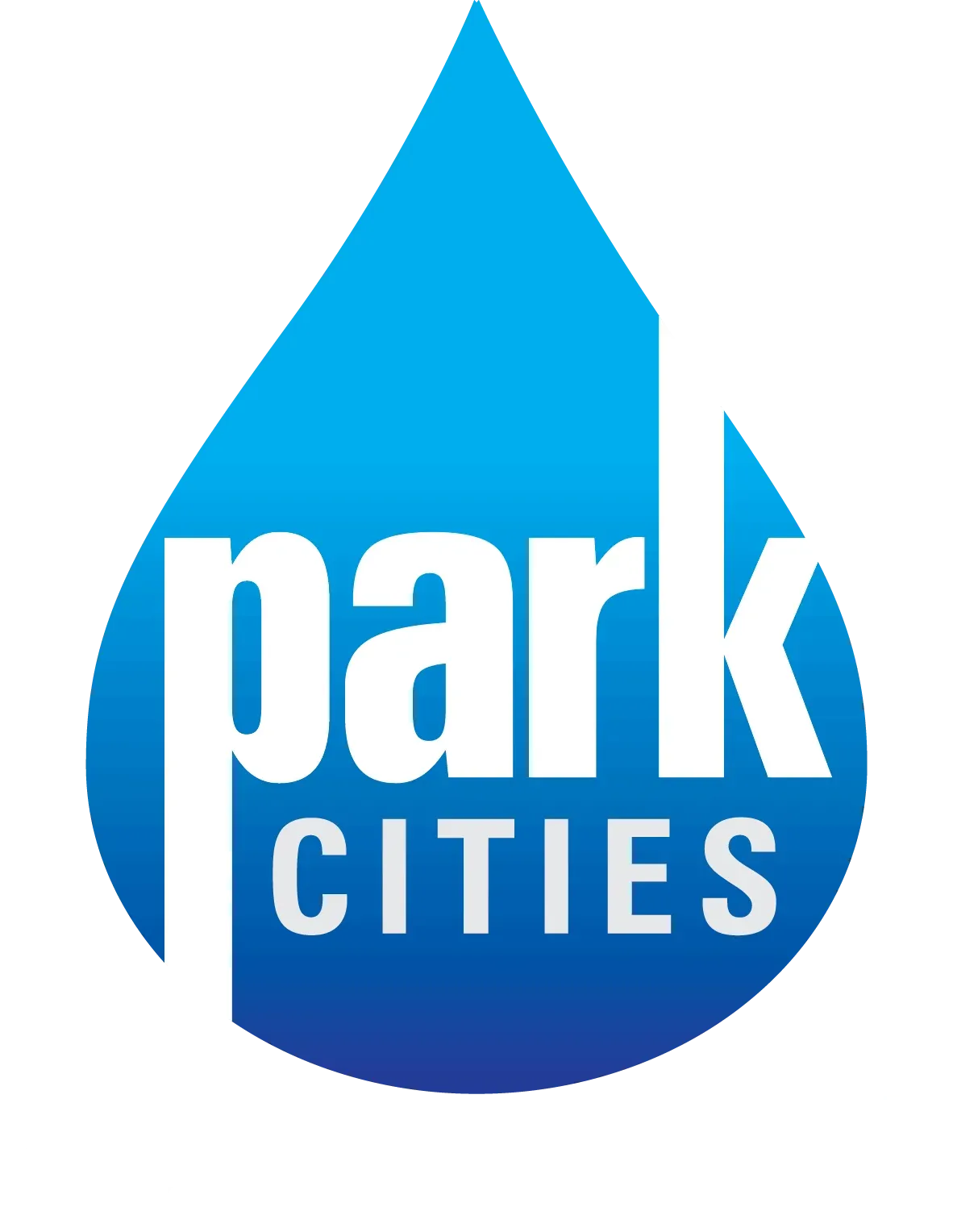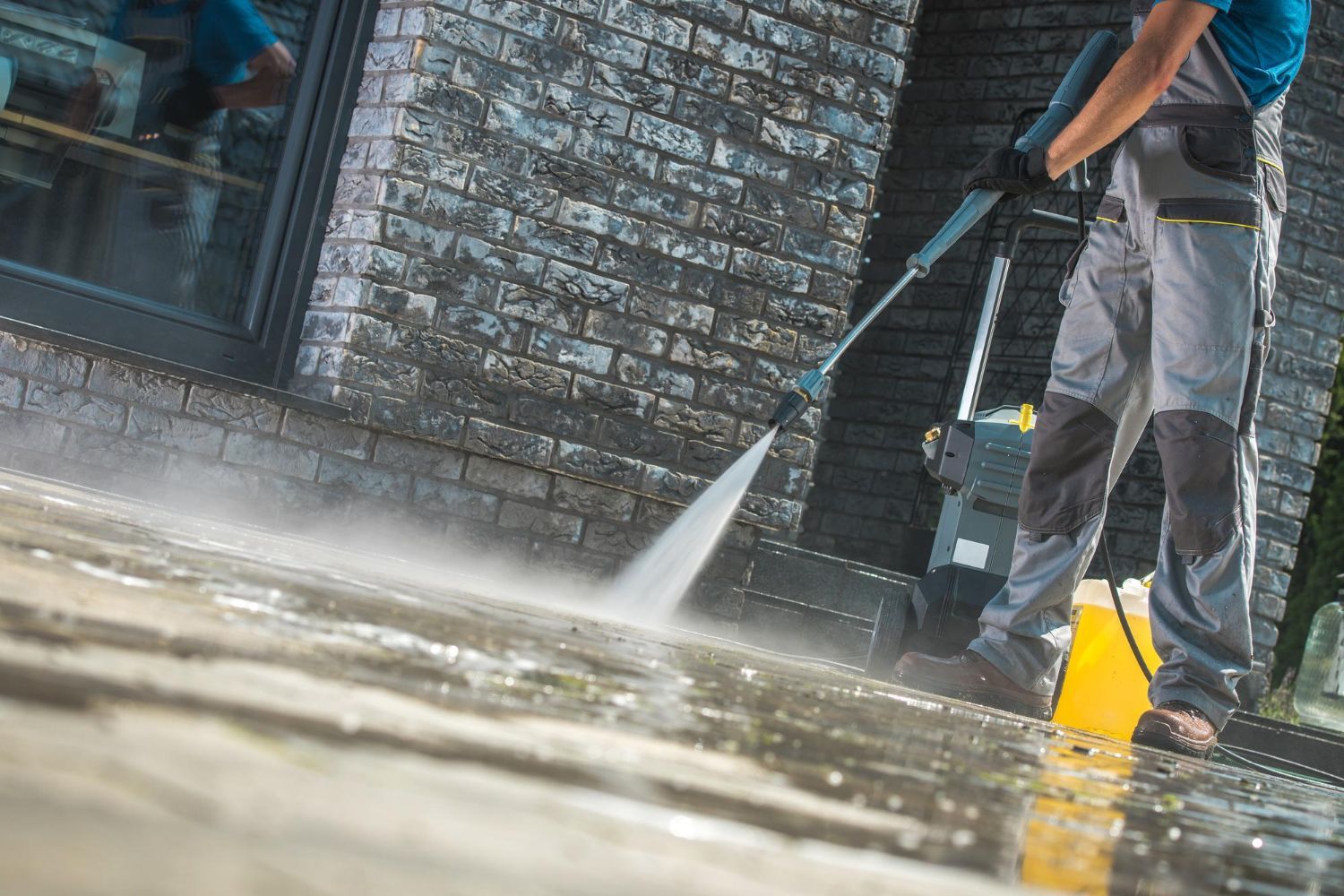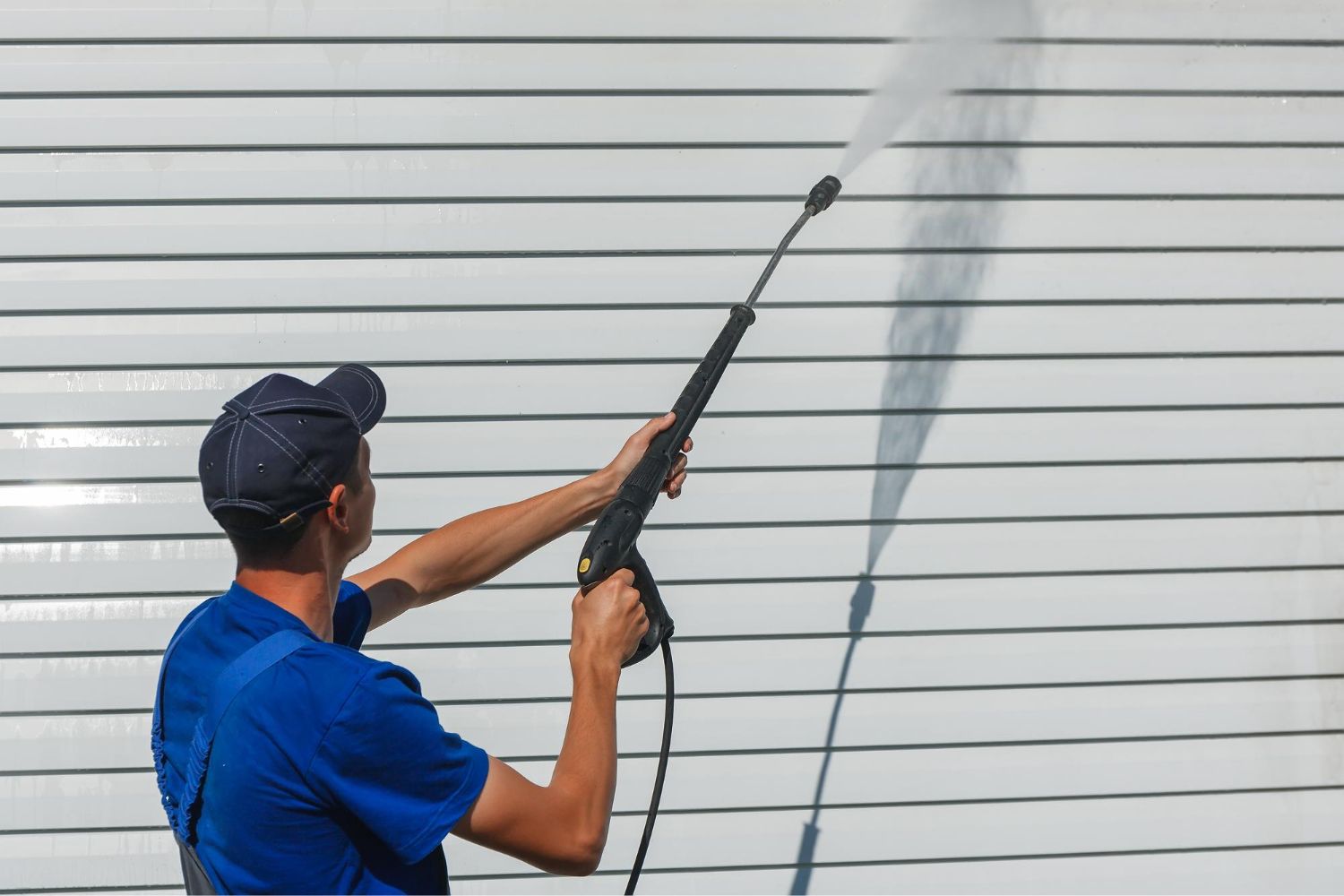Steps to Remove Mildew from Siding Effectively
Mildew on your home siding can be a pesky problem, affecting not only the appearance but also the durability of your home's exterior. This unwelcome guest thrives in damp conditions, leaving unsightly spots and potentially causing long-term damage if not addressed. It's important to tackle mildew as soon as you notice it to keep your home looking fresh and well-maintained. Let's explore why it's necessary to act quickly and the steps involved in effectively removing mildew from siding.
Ignoring mildew might lead to more significant issues in the future. Beyond just being an eyesore, persistent mildew can weaken siding materials, leading to costly repairs. We will guide you through a straightforward process to eliminate mildew and prevent it from reoccurring, ensuring that your home remains in top condition.
Understanding Mildew and Its Causes
Mildew, a type of fungus, often appears as a white, powdery substance but can also present as black or green patches. It's similar to mold but typically flat and not as invasive. The key difference lies in their growth patterns: mildew grows on surfaces, while mold can penetrate them, causing more severe damage.
Several factors contribute to mildew's growth. High humidity, especially in shaded or poorly ventilated areas, creates the perfect environment for mildew to thrive. Poor drainage around your home can also lead to excess moisture, encouraging mildew to settle on your sidings. Additionally, organic materials like dirt and plant debris provide nutrients for mildew growth.
To spot mildew on your siding, look for discoloration or a musty smell, indicating the beginning of growth. Early detection makes cleaning a breeze, whereas ignoring the signs may require more extensive efforts or professional intervention later.
Step-by-Step Guide to Remove Mildew from Siding
1. Preparation and Safety Measures
- Before you begin, gather the necessary tools: protective gloves, goggles, a long-handled brush, mildew cleaning solution, and a garden hose.
- Safety is key. Make sure to wear protective clothing to avoid skin irritation. Use goggles and gloves to protect your eyes and hands from cleaning solutions.
2. Initial Cleaning
- Start by lightly rinsing the siding with a garden hose. This step will help remove loose dirt and grime, making the cleaning process more efficient.
- Avoid using high pressure, as this can damage the siding and spread mildew spores.
These initial steps will lay the groundwork for effectively removing mildew from your siding, ensuring a cleaner and more durable home exterior.
Applying Mildew Cleaning Solution
After the initial rinse, the next step involves applying a cleaning solution designed to combat mildew. Choose a mildew-specific cleaner that's safe for your type of siding. Many eco-friendly options are available, which not only take care of mildew but also protect the environment.
Mix the solution according to the instructions. Using a pump sprayer or a large sponge, apply the cleaner generously to the affected areas. Let it sit for the recommended time to ensure it penetrates the mildew layer, breaking it down effectively. This period is crucial for loosening the mildew so that it can be scrubbed off easily.
Scrubbing and Rinsing
Once the cleaning solution has done its job, it's time to scrub the siding. Use a long-handled, soft-bristle brush to gently scrub the affected areas. This helps to lift the mildew without harming the siding material. Be careful with areas that are hard to reach; consider using a smaller hand-held brush for precision.
Rinse the siding thoroughly with a garden hose, making sure to remove all traces of the cleaner. An option here is to work in sections, scrubbing and rinsing as you go, to prevent the cleaner from drying on the siding.
Final Inspection and Prevention Tips
After cleaning, conduct a final inspection to ensure all mildew is gone. Walk around your home, checking from different angles to spot any missed spots. A thorough inspection can prevent the problem from returning.
To keep mildew at bay, consider these preventive measures:
- Trim back trees or plants that restrict sunlight, as sunlight helps keep siding dry.
- Regularly clean gutters to prevent water overflow and splashing against the siding.
- Periodically inspect your siding for early signs of mildew or mold.
Following these steps will help maintain the beauty and longevity of your siding.
The Benefits of Professional Siding Cleaning Services in Dallas
When it comes to removing mildew or other stubborn stains from siding, a professional service can be invaluable. Professional cleaners have the tools and expertise to handle even the toughest mildew. They ensure thorough, safe removal without risking damage to your home.
Professionals often have access to stronger cleaning solutions and equipment that home remedies can't match. Hiring a Dallas-based service ensures that your siding receives regular, climate-appropriate care.
Keep Your Siding Clean and Mildew-Free
Following these measures effectively addresses mildew and can prevent it from reappearing. Regular maintenance ensures your home looks fresh and stands up well against the elements. By keeping your siding clean, you're taking a proactive step in preserving your property's value and function.
Whether tackling smaller areas or more widespread mildew issues, consider reaching out for professional cleaning services. This approach not only resolves the issues quickly but also saves you time and potential repair costs down the line.
Revitalize your home's exterior and keep mildew at bay with Park Cities Power Wash's expert services. Our team specializes in comprehensive siding cleaning, ensuring your home looks pristine and remains protected against Dallas's varied climate. Trust our professionals to handle the tough jobs, saving you time and preserving the value of your home. Reach out today and see the difference we can make for your property's curb appeal.



